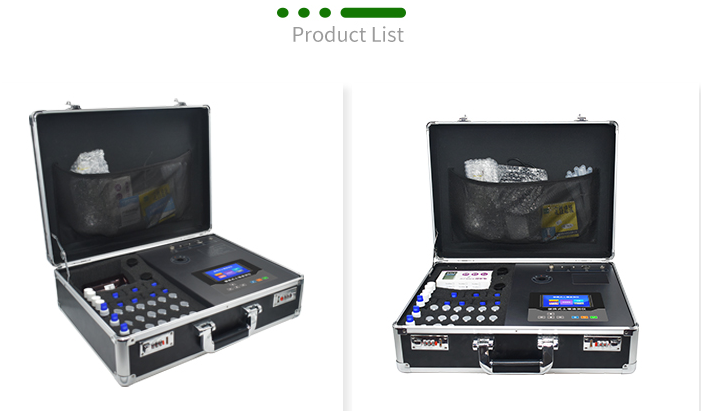Agriculture is a vital sector of the global economy, providing food and raw materials for various industries. However, the current agricultural practices have significant environmental implications, including soil degradation, water pollution, and biodiversity loss. The need for sustainable agriculture has become increasingly critical as the world’s population continues to grow. Soil sensor technology has emerged as a promising solution to improve farming practices, reduce environmental impacts, and increase productivity. This article explores recent advancements in soil sensor technology and their implications for revolutionizing agriculture and environment management.

Understanding Soil Sensor Technology:
Soil sensor technology is a scientific method that measures various soil parameters, including moisture content, temperature, nutrient levels, and pH. These sensors use different technologies such as capacitance, resistance, and optical methods to detect and quantify soil conditions accurately. Soil sensors can be used in agriculture, environmental management, and urban planning to optimize soil health and productivity.
Precision Agriculture:
One of the key applications of soil sensor technology is precision agriculture, a farming practice that uses data-driven decision-making to optimize crop yields while reducing inputs such as water, fertilizer, and pesticide. Soil sensors facilitate the collection of real-time data on soil moisture, temperature, and nutrient levels, enabling farmers to make informed decisions about irrigation, fertilization, and pest control. By applying these inputs only where needed, farmers can reduce waste and minimize environmental impacts while maintaining or increasing crop yields.
Improving Soil Health:
Soil sensor technology also plays a crucial role in improving soil health, which is essential for sustainable agriculture. By monitoring soil moisture and nutrient levels, farmers can prevent overuse of fertilizers and avoid soil compaction. Soil sensors can also detect soil acidity, alkalinity, and salinity, which affect plant growth and yield. By adjusting soil conditions based on the collected data, farmers can promote healthy soil and improve long-term productivity.
Enhancing Water Management:
Soil sensors are effective tools for optimizing water management in agriculture. By monitoring soil moisture, farmers can determine when to irrigate and how much water to apply, reducing water waste and energy costs. Soil sensors can also detect waterlogging, which affects plant roots’ oxygen supply, and trigger drainage systems to avoid crop damage. Precision irrigation using soil sensors can also improve crop quality, reduce water pollution, and mitigate the impact of droughts and climate change on agriculture.
Ecosystem Conservation:
Soil sensor technology also contributes to ecosystem conservation by preventing soil erosion, preserving biodiversity, and reducing pollution. By monitoring soil moisture and nutrient levels, farmers can prevent soil erosion and maintain healthy soil structure, reducing sediment runoff that can harm waterways and aquatic life. Soil sensors can also detect chemical residues and heavy metals in soil, preventing contamination and protecting human health and the environment. Additionally, soil sensors can promote biodiversity by supporting the growth of beneficial microbial communities in soil.
Urban Planning:
Soil sensor technology has applications beyond agriculture. In urban planning, soil sensors can monitor soil moisture and nutrient levels in parks, gardens, and green roofs, promoting urban greening and mitigating the urban heat island effect. Soil sensors can also monitor soil conditions in construction sites, preventing soil compaction and subsidence, which can be costly to repair.
Challenges and Future Directions:
While soil sensor technology offers numerous benefits, several challenges need to be addressed for its widespread adoption. Calibration and maintenance of sensors, data management, and compatibility issues are some technical challenges that require attention. Additionally, cost-effective manufacturing and distribution of sensors, especially for small-scale farmers, need to be explored. Furthermore, continuous research and development are necessary to improve sensor accuracy, expand the range of measurable soil parameters, and enhance sensor durability.

Conclusion:
Soil sensor technology is a promising solution for sustainable agriculture and environment management, revolutionizing traditional farming practices and promoting ecosystem conservation. Its applications in precision agriculture, soil health improvement, water management, and urban planning have significant implications for the future of food production and environmental sustainability. As technology advances and awareness of the importance of soil health grows, the widespread adoption of soil sensor technology will contribute significantly to sustainable agriculture and a healthier environment. It is crucial for stakeholders, including governments, researchers, and industries, to collaborate and invest in the development and application of soil sensor technology to ensure productive and resilient soils for present and future generations.
